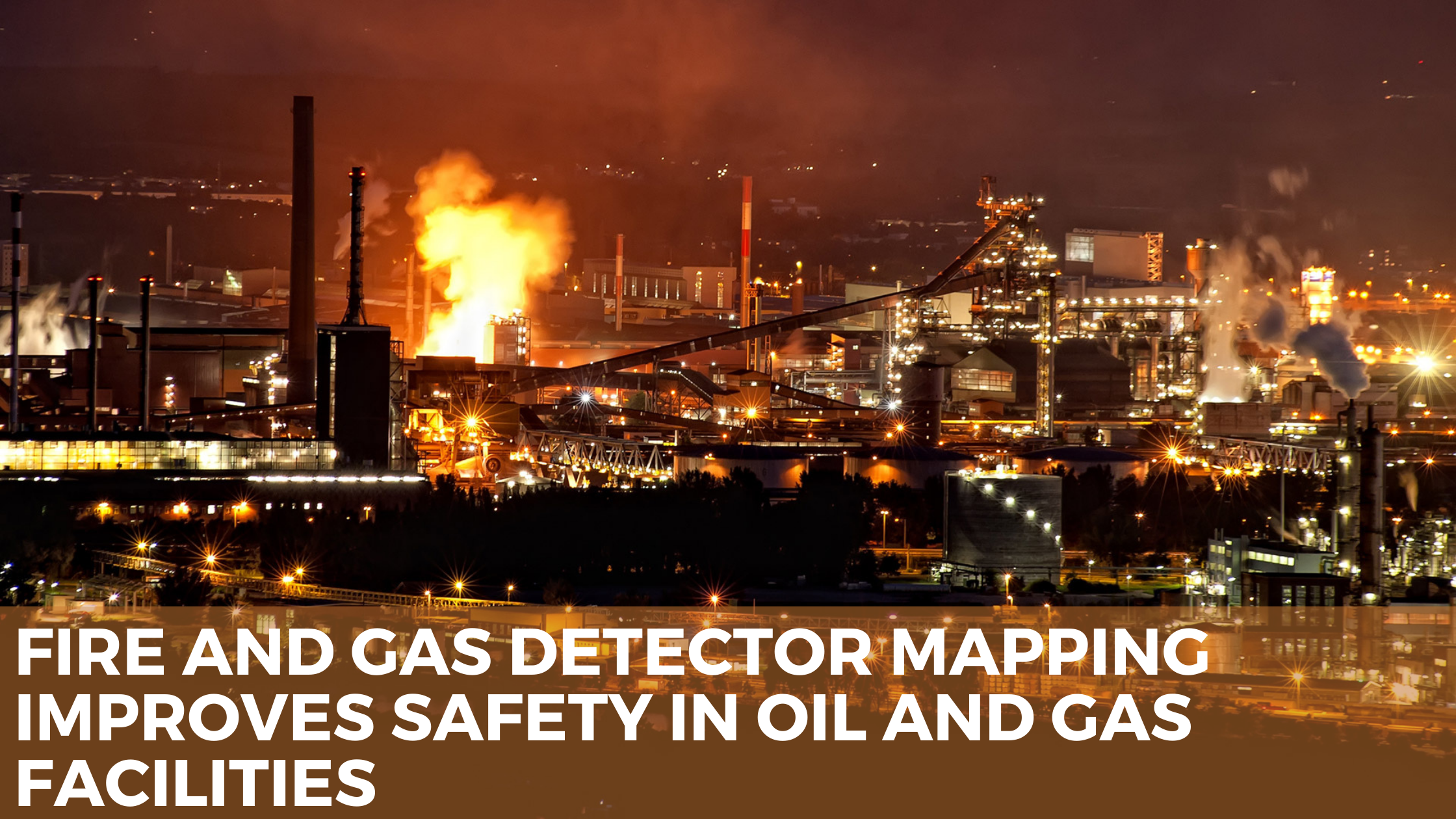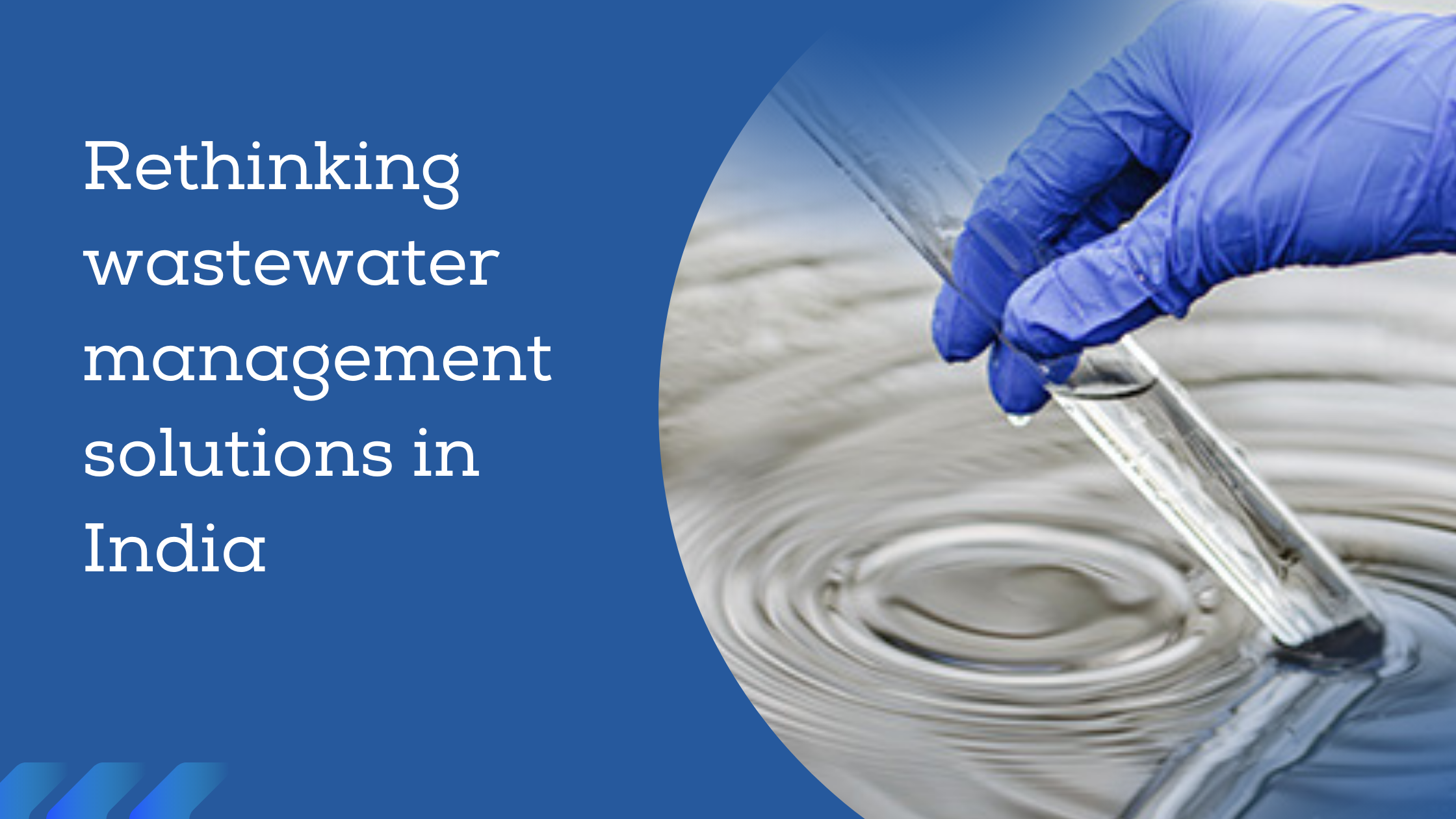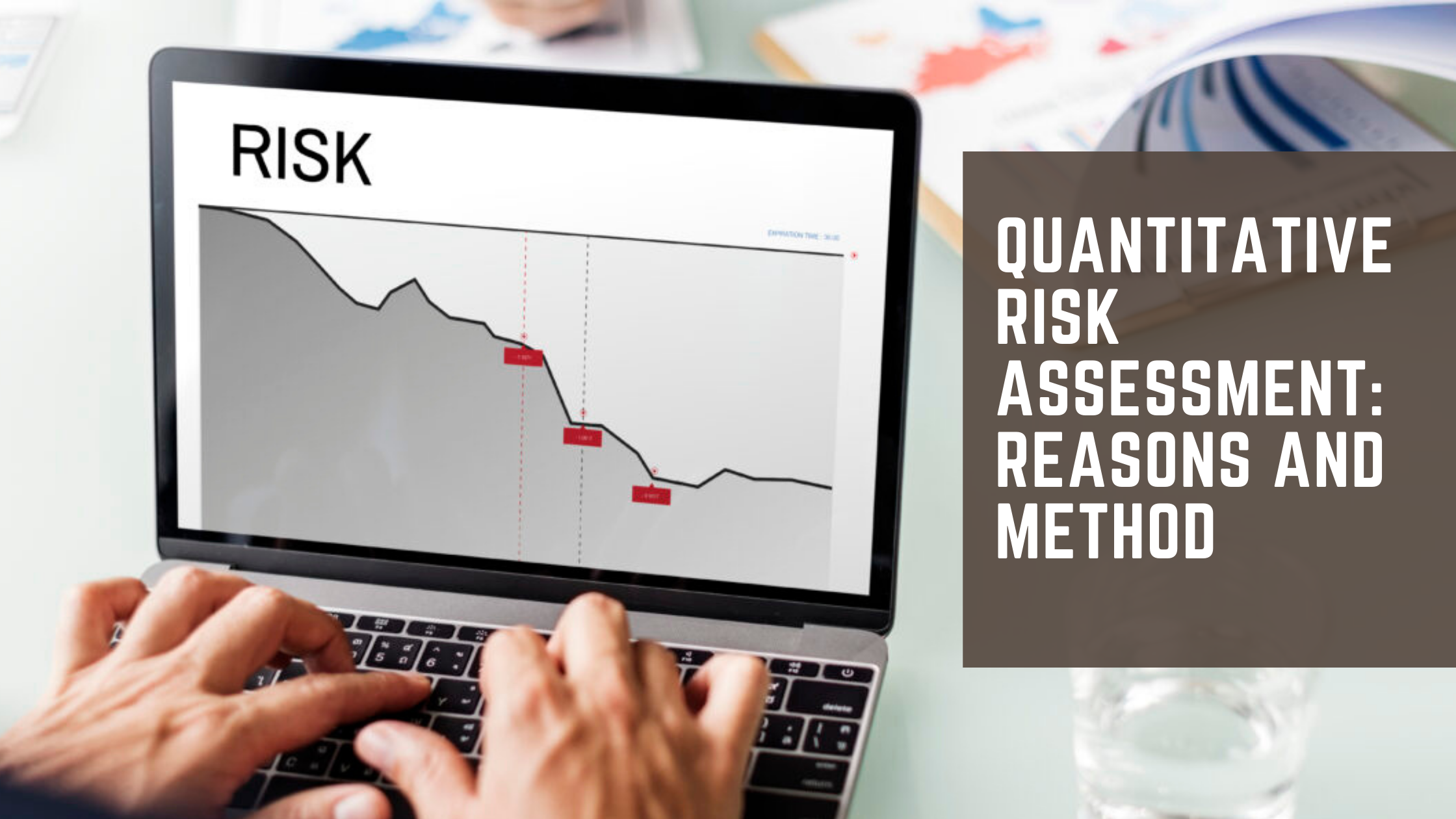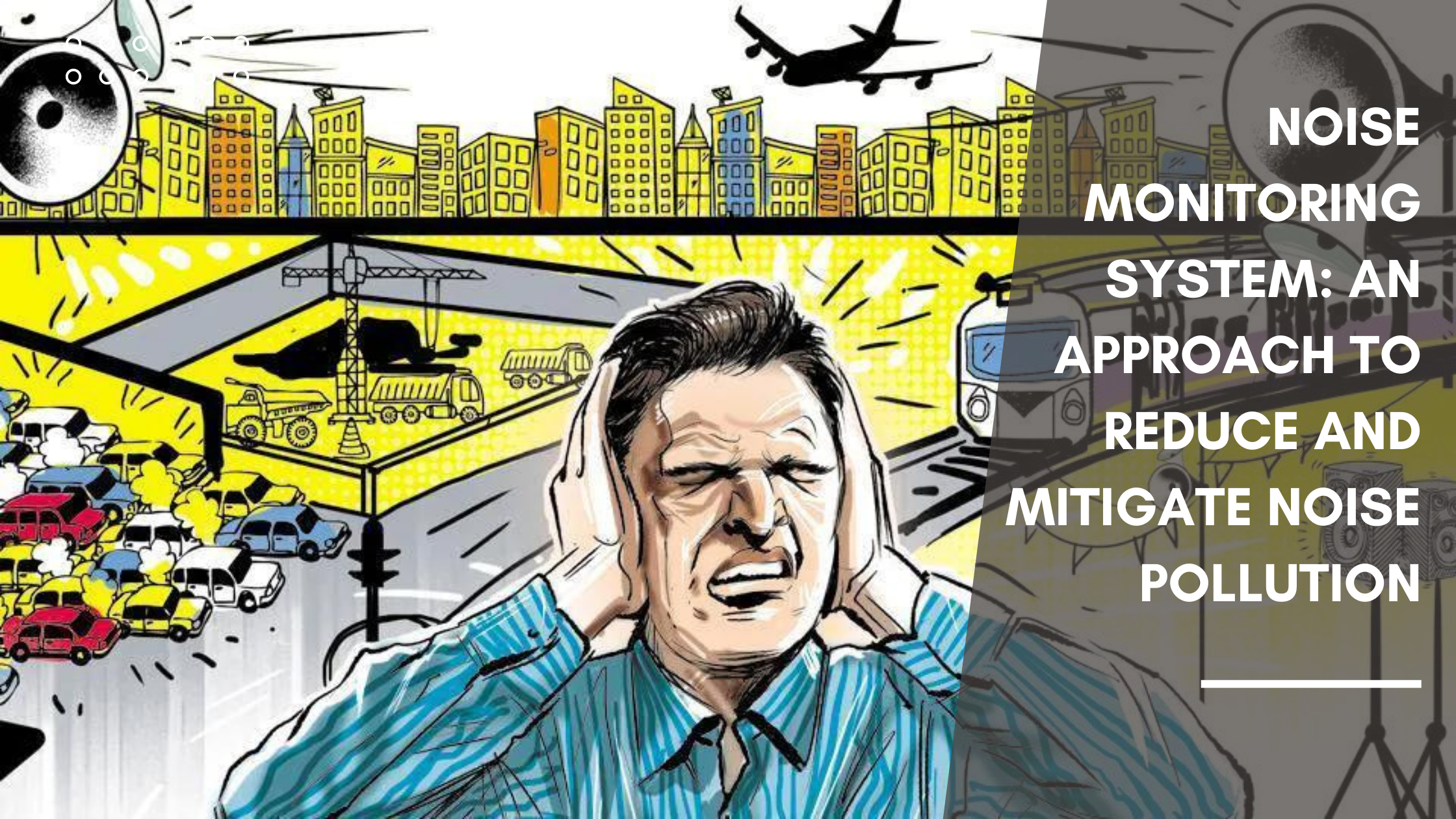
Fire and Gas (F&G) Mapping Study: Enhancing Safety Through Smart Detection Design
A Fire & Gas (F&G) Mapping Study is a critical component of functional safety engineering, primarily used in high-risk industries such as oil & gas, petrochemicals, LNG, and power generation. The objective of an F&G Mapping Study is to assess the optimal placement and effectiveness of fire and gas detectors to ensure early detection, minimize risks, and meet performance targets defined in Safety Integrity Level (SIL) studies and corporate HSE standards.

Surge Analysis:Safeguarding Piping Systems from Pressure Surges
Ever wondered what created a loud bang noise in your plumbing system? It is most likely due to the Water hammer… Water hammer is known as one of the most disregarded hazards in fluid transportation. Sudden and rapid variations in flow velocity can result in harmful pressure surges, also referred to as "water hammer," in complex fluid transport systems. These pressure surges have the potential to harm equipment and endanger the pipeline integrity, causing expensive downtime. Surge analysis comes into the picture in this situation.

HAZID Study - Understanding the Critical Process of Risk Management
Hazard Identification (HAZID) is an important process in industries such as oil and gas, chemical manufacturing, construction, and power generation as there are high safety risks in these sectors. With operations growing more complex, regulations tightening, and the risk of serious incidents always present, industries must take a proactive approach to managing risks. The main aim of the HAZID study is to predict and detect hazards that can cost human life or monetary loss in the project lifecycle and introduce preventive measures before any incident.
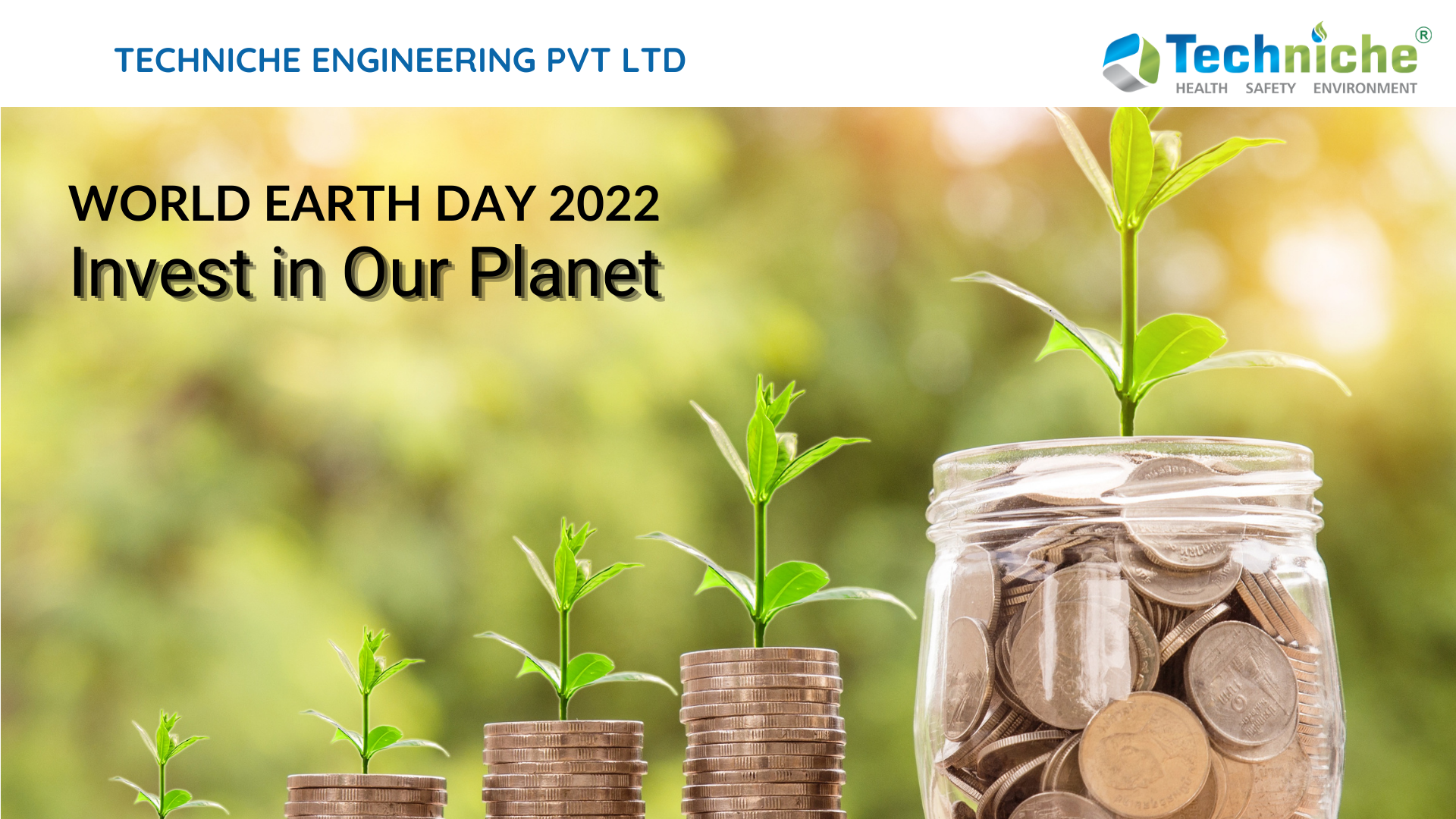
World Earth Day: Invest in Our Planet
The word ‘invest’ reckons thoughtful futuristic approach to avoid worst circumstances. Also, the word implies monetary approach. This year the theme for World Earth Day is to invest in your planet which states the significance of the powerful approach to thoughtfully formulate actions to save the planet from degradation and mass extinctions. Earth is considered to be the most beautiful planet in the universe as it harbors life forms. Earth originated around 4.5 billion years ago. Tracing back to the Mesozoic era planet earth which was composed of a huge landmass known as Pangea, surrounded by water mass. As per the continental drift theory tectonic plate movements caused formation of Gondwanaland and Laurasia from the supercontinent Pangea.
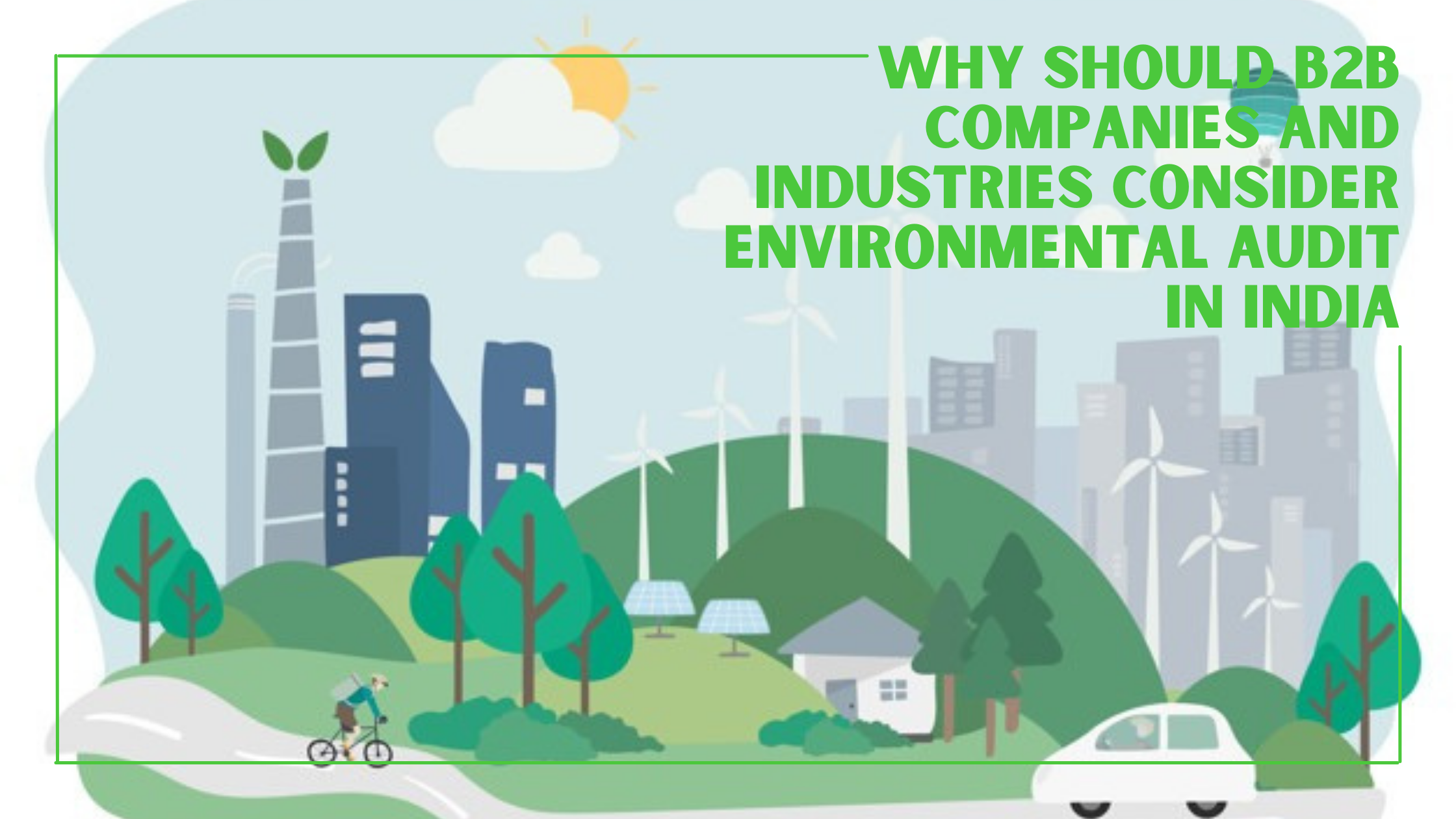
Why Should B2B Companies and Industries Consider Environmental Audit in India
What Is Environmental Audit And What Is Its Importance?
An environmental audit is a systematic process to assess a company’s responsibility towards the environment, compliance, and deficits in complying with those responsibilities. The auditors evaluate the business's potential environmental risks and point out corrective actions to bridge the gap by a comprehensive analysis.
It applies to a wide range of industries related to energy, transport, manufacturing, or B2B companies.
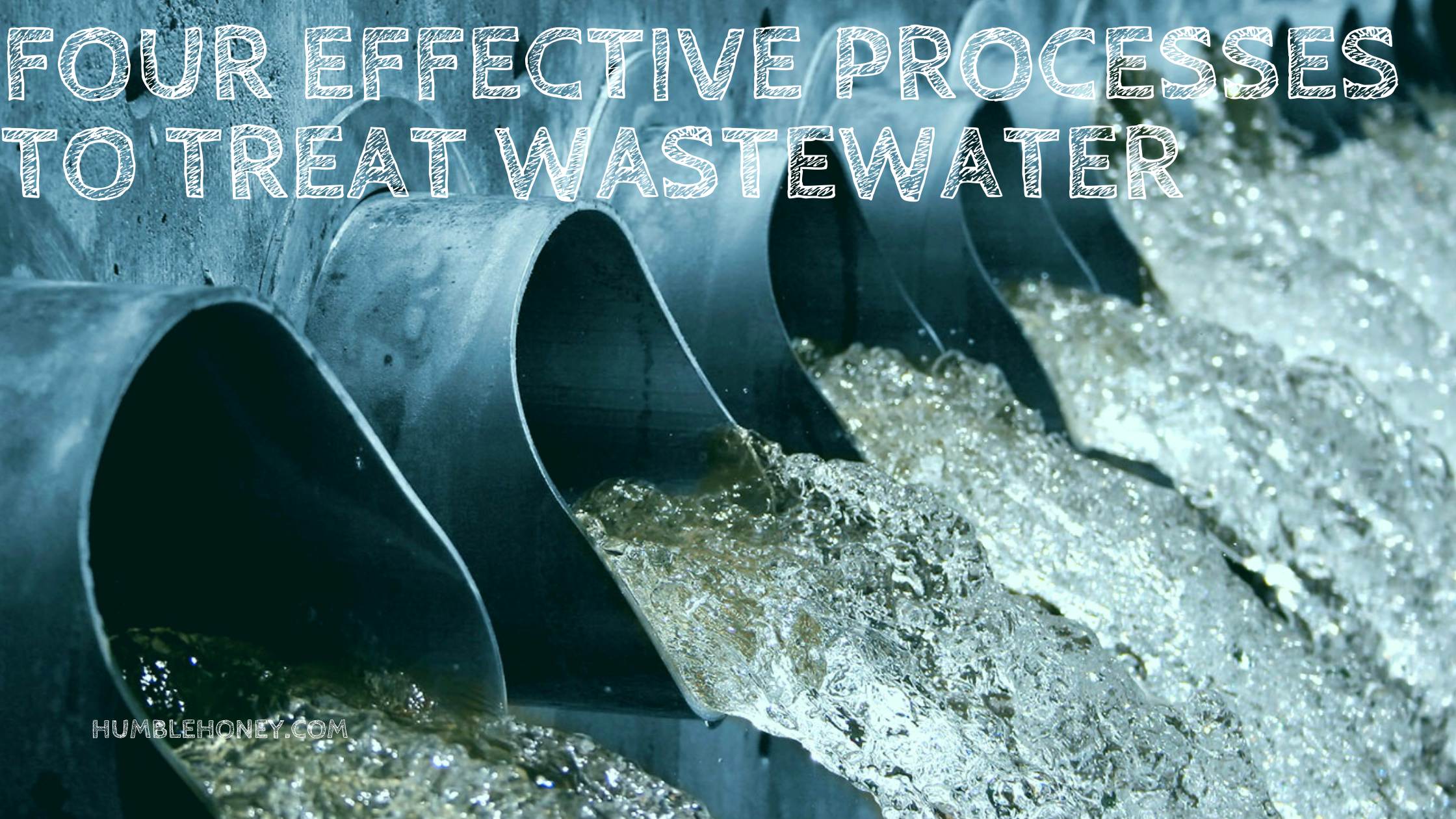
Four Effective Processes to Treat Wastewater
Water is crucial to life, and the utilization of freshwater must be done efficiently. Municipalities treat wastewater in plants efficiently and strategically to recycle it into freshwater, still, we face freshwater scarcity. Techniche shoulders the responsibility of recycling and reusing the wastewater by developing sewage treatment plants that aid efficient utilization of freshwater. Our wastewater treatment plant in India aims to effectively treat wastewater and help in reusing/ recycling.
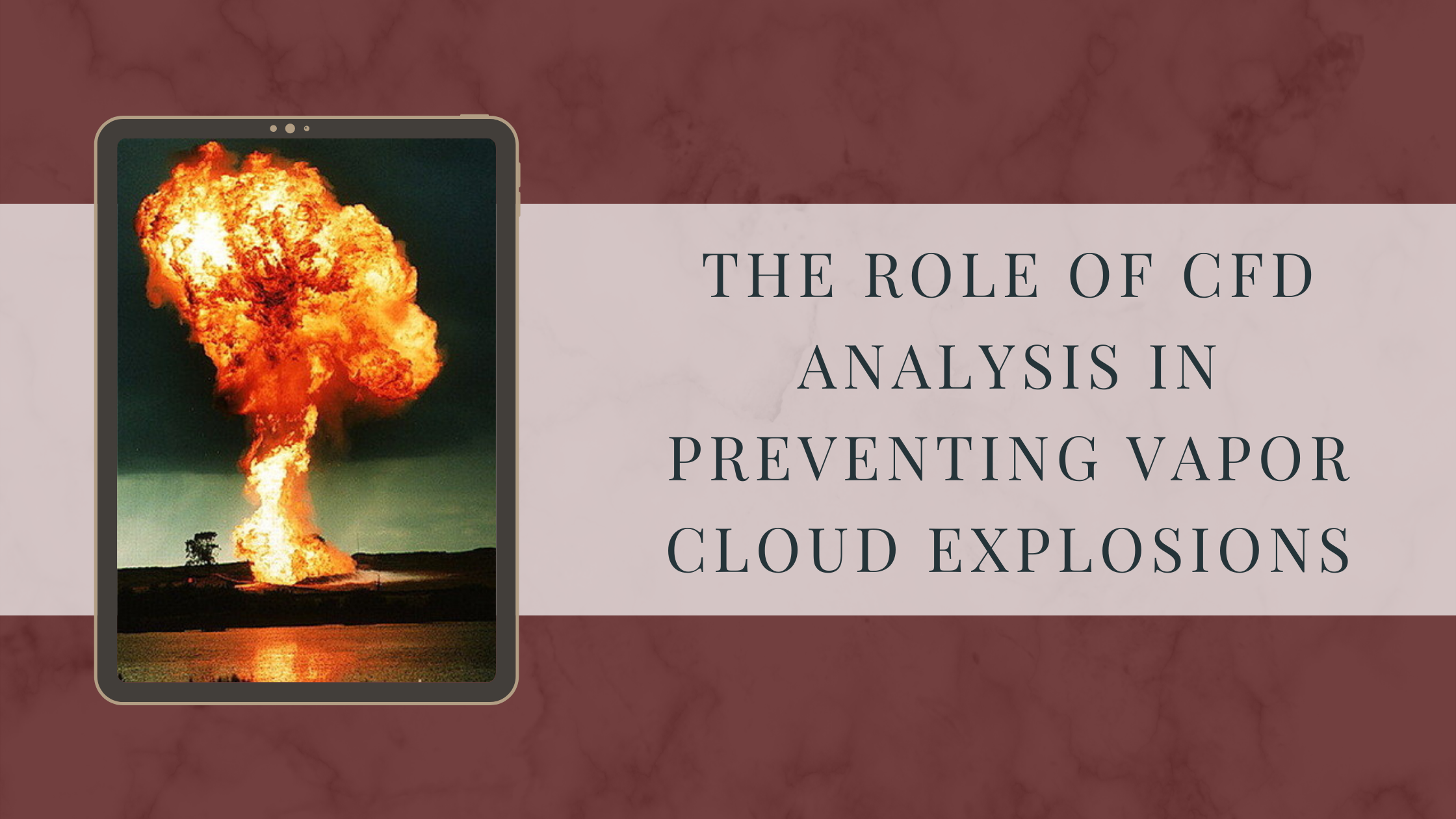
The Role Of CFD Analysis In Preventing Vapor Cloud Explosions The Role Of CFD Analysis In Preventing Vapor Cloud Explosions
Companies that deal with aerodynamic and hydrodynamic processes are highly prone to solid, liquid, or gaseous hazards caused as a byproduct of the chemical interactions occurring in their plants. Therefore, different fluid properties such as pressure, velocity, drag, etc., are required to be monitored and controlled persistently to prevent disasters in such facilities. Vapor cloud explosion is one such mishap that can be caused by the accidental release of flammable fluids in the air.
.png)
Step-by-step guide for bow risk assessment
When it comes to risk analysis and implications, people are used to using a risk matrix. But walking through a thorough step-by-step risk analyses process is not the only way. The bow tie risk assessment is a visual way of analyzing the potential risks, consequences, impacts of a hazard, and the controls needed in place. One of the benefits of visual analysis is that it's easy to train anyone to understand and use, making it easy to introduce people to the concept of risk analysis.

